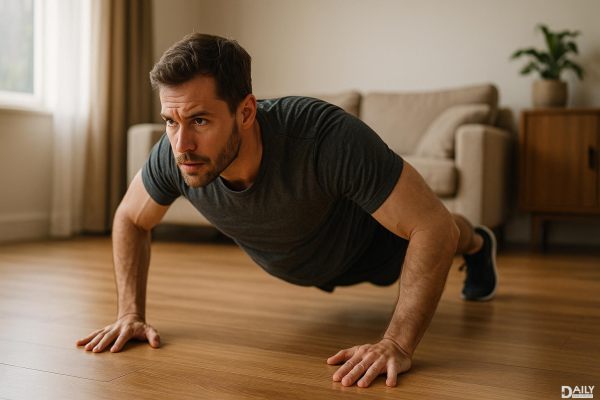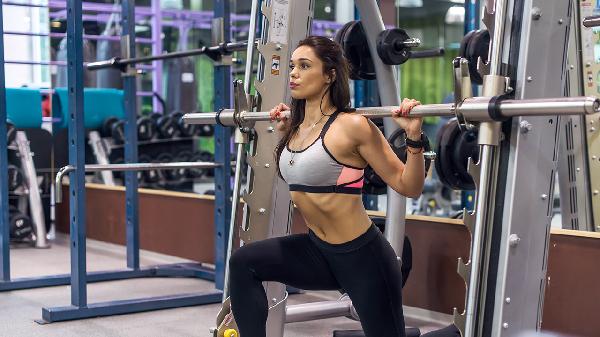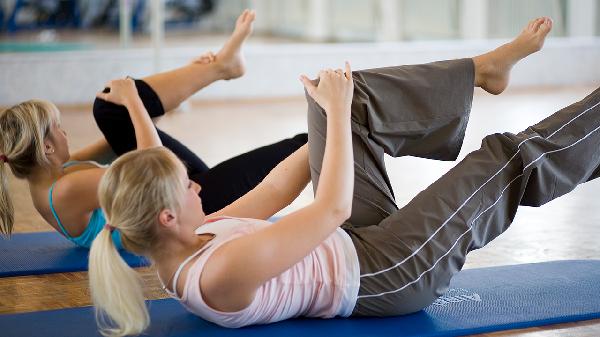The frogger exercise is a dynamic, full-body movement that takes the traditional high plank and turns it into something far more engaging. If you've ever found yourself staring at the clock during a standard plank, counting down the seconds until sweet relief, this variation is about to become your new best friend. It combines strength, mobility, and a bit of cardio—all while keeping things interesting.
Breaking Down the Frogger Movement
To perform the frogger correctly, start in a high plank position—hands directly under your shoulders, core engaged, and body in a straight line from head to heels. From here, explosively hop your feet forward, landing them just outside your hands in a deep squat. Your knees should flare slightly outward, mimicking a frog’s stance. Pause here, lifting your hands off the ground and raising your chest while keeping your heels planted. Then, reverse the movement by hopping back into the high plank. The key is control—no collapsing into the plank or letting your hips sag. Each rep should feel intentional, with your core working overtime to stabilize your body through the transitions.
Why the Frogger Beats a Basic Plank
While a standard plank is great for isometric core strength, the frogger takes things up a notch by incorporating dynamic movement. This means your muscles aren’t just holding a position—they’re actively controlling motion in multiple planes. The explosive hop forward engages your fast-twitch muscle fibers, which are crucial for power-based movements like sprinting or jumping. Meanwhile, the controlled return to plank forces your core to resist rotation, improving stability. And because you’re moving, your heart rate gets a little boost, making this a sneaky way to add cardio to your strength routine.
Muscles You Didn’t Know Were Working
Sure, your abs and shoulders are obvious players here, but the frogger recruits muscles you might not expect. Your hip flexors and adductors work hard to control the inward and outward motion of your legs during the hop. Your glutes and hamstrings fire up to stabilize your hips in the squat position. Even your feet get in on the action—those tiny intrinsic muscles help you maintain balance as you shift between positions. And let’s not forget the upper body: your triceps, chest, and lats engage to support your weight when you lift your hands in the frog pose. Essentially, if you’re doing this move right, there’s no muscle group slacking off.
Common Mistakes (And How to Fix Them)
One of the biggest blunders? Letting your hips drop or hike up during the plank phase. This not only takes the work away from your core but also puts unnecessary strain on your lower back. The fix? Squeeze your glutes and brace your abs like you’re bracing for a punch. Another common error is rushing the movement—hopping forward and back without control. Slow it down. The frogger isn’t about speed; it’s about precision. Finally, avoid letting your knees cave inward when you land in the squat. Keep them tracking over your toes to protect your joints.
Modifications for Beginners
If the full frogger feels too intense, there are ways to scale it back. Instead of hopping, step one foot forward at a time, maintaining control. You can also reduce the range of motion by not lifting your hands as high in the frog position. Another option? Eliminate the plank entirely and perform the movement from a standing position, stepping into the squat and back up. As you build strength and mobility, gradually reintroduce the more challenging elements.
Advanced Variations to Level Up
Once the standard frogger feels too easy, try adding a push-up before hopping forward. For an extra burn, hold the frog squat for a few seconds before returning to plank. Want more cardio? Add a tuck jump after standing up from the squat. Or, for a real challenge, perform the entire sequence on an unstable surface like a Bosu ball or sliders. These tweaks keep the exercise fresh while continuously challenging your body in new ways.
Pairing the Frogger With Other Exercises
Because the frogger is so versatile, it pairs well with a variety of movements. Try combining it with push-ups for an upper-body burn, or alternate it with mountain climbers for a cardio blast. In a circuit, it works great alongside squats, lunges, and kettlebell swings. For a core-focused routine, pair it with Russian twists and leg raises. The possibilities are endless—just listen to your body and adjust intensity as needed.
At the end of the day, the frogger is a fun, functional way to build strength, mobility, and endurance without feeling like you’re stuck in exercise purgatory. Whether you’re a beginner or a seasoned athlete, this move can be tailored to fit your fitness level while keeping your workouts fresh and engaging. So next time you’re tempted to zone out during a plank, give the frogger a try—your body (and your boredom) will thank you.
























